

To Byron and Bill Palmer,
two fine souls whose legacies live on here at the farm
Contents
 Although I went to bed later than usual last night, I am up at six, easily an hour earlier than expected. I am hung-over. Not in the sense of a headache and nausea and all that, but rather I am still enjoying the previous evening. I quickly walk the short distance from the Log House to the Cookhouse. I have mistakenly left the lights on over the dining table and as I approach I can see the room illuminated. It is the second week in October, still a bit dark at six, but not as dim as it will be in a couple weeks time. The halogen spotlights beaming down on the table shine brightlyit appears as if the sun is shining in the Cookhouse. Both Daisy and Byron lag behind me, staying in their dog beds in the Log House; my enthusiasm for last nights dinner does not extend to their dog lives. In an hours time they will awake and join me, checking out the rugs under the long wooden table for food scraps.
Although I went to bed later than usual last night, I am up at six, easily an hour earlier than expected. I am hung-over. Not in the sense of a headache and nausea and all that, but rather I am still enjoying the previous evening. I quickly walk the short distance from the Log House to the Cookhouse. I have mistakenly left the lights on over the dining table and as I approach I can see the room illuminated. It is the second week in October, still a bit dark at six, but not as dim as it will be in a couple weeks time. The halogen spotlights beaming down on the table shine brightlyit appears as if the sun is shining in the Cookhouse. Both Daisy and Byron lag behind me, staying in their dog beds in the Log House; my enthusiasm for last nights dinner does not extend to their dog lives. In an hours time they will awake and join me, checking out the rugs under the long wooden table for food scraps.
When I open the clumsy French doors held closed with the tedious brass cremone bolts, I see the remnants of last nights large feast. I should have stayed up later to clear the table and wash the last of the dishes and glassware and silver, but I did not. I was exhausted and wanted to climb into bed and rest. I have spent all of my adult life working in restaurants and I was taught early on to completely clean up the kitchens and dining rooms at the end of a shift. As I work for myself, it is easy to fudge the rules.
The table is sixteen feet long, made of Doug fir and can seat eighteen people easily. Twenty were here last night. It is deep, more than four feet across, giving ample room for plates and wine glasses and large platters of food, but also propelling the diners to be quite loud in an effort to be heard by those across the fir divide.
Scattered among the dirty plates and forks and napkins are the cards that I printed up with the menu from the night before. I quickly printed them on my computer in a furtive effort to make the dinner appear a bit more formal. Odd that twenty minutes of work on a not terribly advanced home computer can produce a menu that still has the cultural weight of a century ago when having cards printed would have taken days. The menu cards read:
Thin, crispy pizza from the wood-fired oven with tomato sauce, chilies, fresh herbs
Winter squash soup of Brod Galeux dEysines squash, pureed, finished with cream, garnished with brown butter, fried sage
Hard rolls, sweet cream Jersey butter
Antipasti: hard, aged eighteen-month cows milk cheese, membrillo/quince paste, black pepper crackers, pickled Long Island Cheese pumpkin, chanterelle mushrooms, fresh whey ricotta
Fresh slaw of shaved cabbage, with apple cider vinegar, pickled red currants
Poached farm eggs, sauce barnaise, sauted Lacinato kale
Tagliatelle, butter, chicken gizzards, hearts and livers, bread crumbs, cippolini onions, grated hard cheese
Beef bottom round roast, braised in milk, sliced, with gravy and boiled bay leaf potatoes
Tomato upside-down cake, butter cookies
Coffee
I worked on the menu over the last few days and finalized it just before dinner yesterday. That is not to say that dinner preparation started last week. Rather, it started months ago. Just a bit of the menu came from my supermarket, most came from my farm; I grew this feast.
The menu is neither arbitrary nor capricious, but still it is casual. It reflects what is available for this time of yearthe second week of October; the beginning of autumnand what I had preserved from the past months of growing at the farm. I looked for ways to best use the cabbages in the garden, the pumpkin on the vines and the beef in the freezer. Beautiful cheeses were ready to be eaten that had aged for months in the cheese cave, and the cows have been producing excellent cream that I could churn into the best butter of the year. The melons that I had hoped would be ripe and sweet and juicy were overripe, moldy and disappointing by the time of the dinner. They certainly were not included on the menu. Thankfully the quinces had reached their full potential in the days leading up to last night. And I found the time to pick a few of the fragrant firm fruits and cook them down into a gritty membrillo for the antipasti course. I was worried the quinces would not be ready in time; occasionally I get a bit lucky. Last night was such a time.
There were a few ingredients that were not picked or harvested or grown on this smallish thirteen-acre homestead. Primarily the flour, sugar, salt, pepper and a pound of green coffee beans to roast and brew into coffee for after the meal; and I bought a case or so of wine to make the meal that much more pleasurable, to keep the conversation going, to loosen up friends who were a bit too quiet for the others. But in essence, dinner last night reflected Kurtwood Farms in October after a long, but not terribly hot, summer.
I walk around the table picking up the linen napkins. Some were left casually on the table, a few dropped under the table and one was folded a bit too preciously. I find the remnants of the cookie plates that I passed around last night at the end of the meal. A few cookies remain and I happily munch them for breakfast. The large French-press coffeepots have a bit remaining. I pour the cool coffee from the two press pots into a small copper saucepan, light a burner on the large gas stove and warm the coffee for myself. It seems wasteful to grind a bit of coffee and brew it this morning. I cant toss a couple cups of coffee down the drain. I hate waste.
When the coffee is hot but not quite boiling I pour it into a nice china cup, sit down at the long table, find the last remaining cookies and go over the evening. Twenty friends came out to the farm to enjoy this dinner. It wasnt a commercial venture, just good friends coming together and sharing an evening. All knew it would be one of the last warm evenings before the cool breezes and the endless rains of the Pacific Northwest winters arrived. It wasnt a dirge of a night, however, but rather a celebration of what summer had been; what the growing season had produced.
I have lived on this farm for more than twenty years, every year growing a bit more food than the past year. Presently the farm is primarily in grass pasture to feed the twelve Jersey cows that live on these acres with me. Twice a day I milk them and throughout the day transform that milk into farmstead cheeses. Although most of the acreage is in pasture, I still keep an orchard and a vegetable garden, a few pigs, a couple dozen chickens and three beehives. Not to sell, but simply to keep myself in food, to make sure there is always enough food to feed those who work with me on the farm and anyone who may stop by for lunch. I also grow an abundance of food so that there is a reason to host dinners such as last nights feast.
For five years I had served a dinner such as this every Sunday as a commercial venture. Each weekend twenty guests would pay one hundred dollars for a seat at this table, for a chance to experience a farm and to eat a meal composed entirely of local ingredients. I loved serving this meal and took great pride in it. By the end of the half decade, however, my cheese business was taking more and more time, leaving little time for me to work on growing enough food for the Sunday dinners. I would often be making cheese on Sundays while preparing the meal in the kitchen, a combination that made for poorly executed cheese and less than stellar attention to the dinners. I chose to devote my time to making cheese and let the Cookhouse dinners fall.
Next page



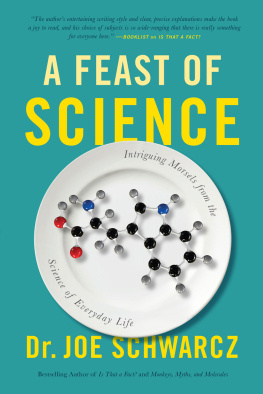


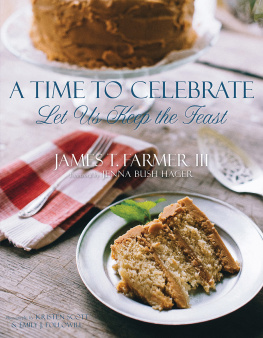
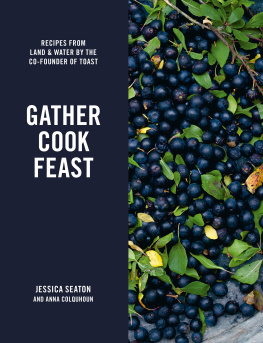

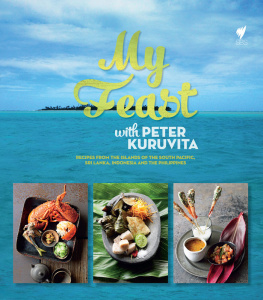
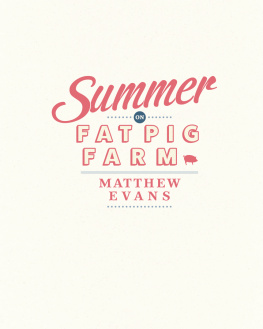
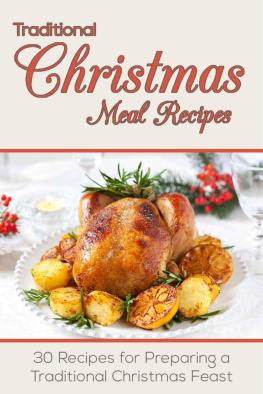
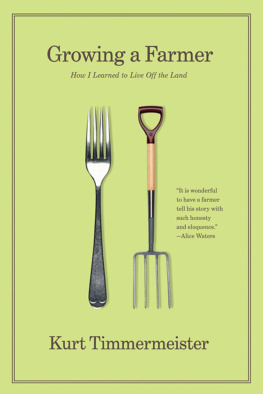


 Although I went to bed later than usual last night, I am up at six, easily an hour earlier than expected. I am hung-over. Not in the sense of a headache and nausea and all that, but rather I am still enjoying the previous evening. I quickly walk the short distance from the Log House to the Cookhouse. I have mistakenly left the lights on over the dining table and as I approach I can see the room illuminated. It is the second week in October, still a bit dark at six, but not as dim as it will be in a couple weeks time. The halogen spotlights beaming down on the table shine brightlyit appears as if the sun is shining in the Cookhouse. Both Daisy and Byron lag behind me, staying in their dog beds in the Log House; my enthusiasm for last nights dinner does not extend to their dog lives. In an hours time they will awake and join me, checking out the rugs under the long wooden table for food scraps.
Although I went to bed later than usual last night, I am up at six, easily an hour earlier than expected. I am hung-over. Not in the sense of a headache and nausea and all that, but rather I am still enjoying the previous evening. I quickly walk the short distance from the Log House to the Cookhouse. I have mistakenly left the lights on over the dining table and as I approach I can see the room illuminated. It is the second week in October, still a bit dark at six, but not as dim as it will be in a couple weeks time. The halogen spotlights beaming down on the table shine brightlyit appears as if the sun is shining in the Cookhouse. Both Daisy and Byron lag behind me, staying in their dog beds in the Log House; my enthusiasm for last nights dinner does not extend to their dog lives. In an hours time they will awake and join me, checking out the rugs under the long wooden table for food scraps.